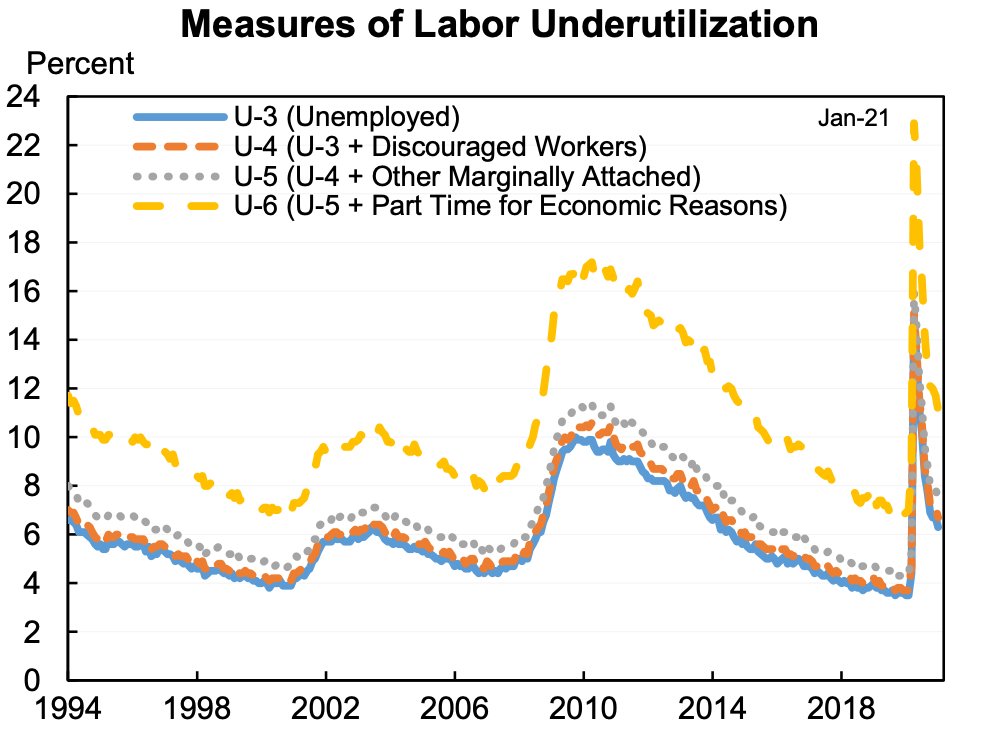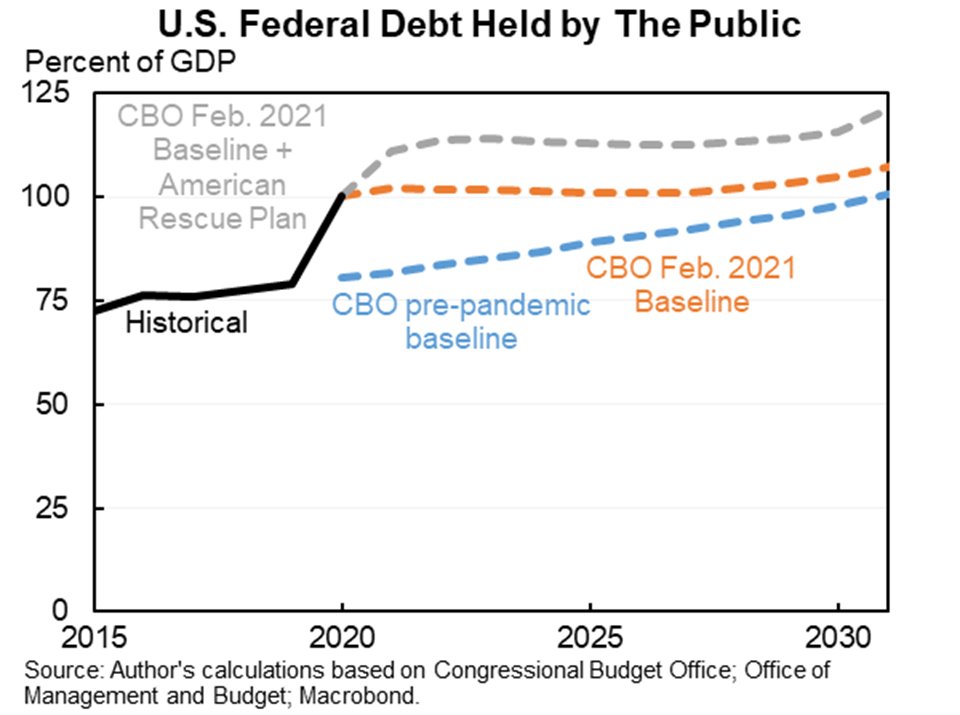
Excellent thread.
Stunning magnitudes: spending by unemployed increased about 25% relative to the consumption of the employed.
If we had a stable program (not the on-off-on one we had) what would we have wanted to target for that?
And how much does 2020 generalize to 2021?
Stunning magnitudes: spending by unemployed increased about 25% relative to the consumption of the employed.
If we had a stable program (not the on-off-on one we had) what would we have wanted to target for that?
And how much does 2020 generalize to 2021?
https://twitter.com/p_ganong/status/1359837666582401024
You should never update your beliefs too much based on any one paper. And evidence from 1950-2019 might be more relevant in thinking about July/Aug/Sep 2021 than evidence from 2020 (points @Claudia_Sahm has made in a different context).
If I was updating would say:
If I was updating would say:
Given the excess saving, the larger bank balances that @ProfFionasm and team have documented elsewhere, the $2,000 checks, the unemployed would have pre-pandemic consumption levels even with less than $400/week. jpmorganchase.com/institute/rese…
Moreover, MPCs seem to have been relatively high last year, even for households with substantial liquidity, which adds a little bit of fodder to the concerns about overheating.
To avoid overheating we'll need a massive increase employment over the summer and into the fall. I think that can happen but our odds would be even better if UI bump phased down to $100 or $200/week by late summer/early fall.
Moreover, even UI benefits at this level should be consistent with maintaining/expanding pre-pandemic consumption levels, continuing to reduce debt, and increasing financial assets--all of which would be good things.
• • •
Missing some Tweet in this thread? You can try to
force a refresh






